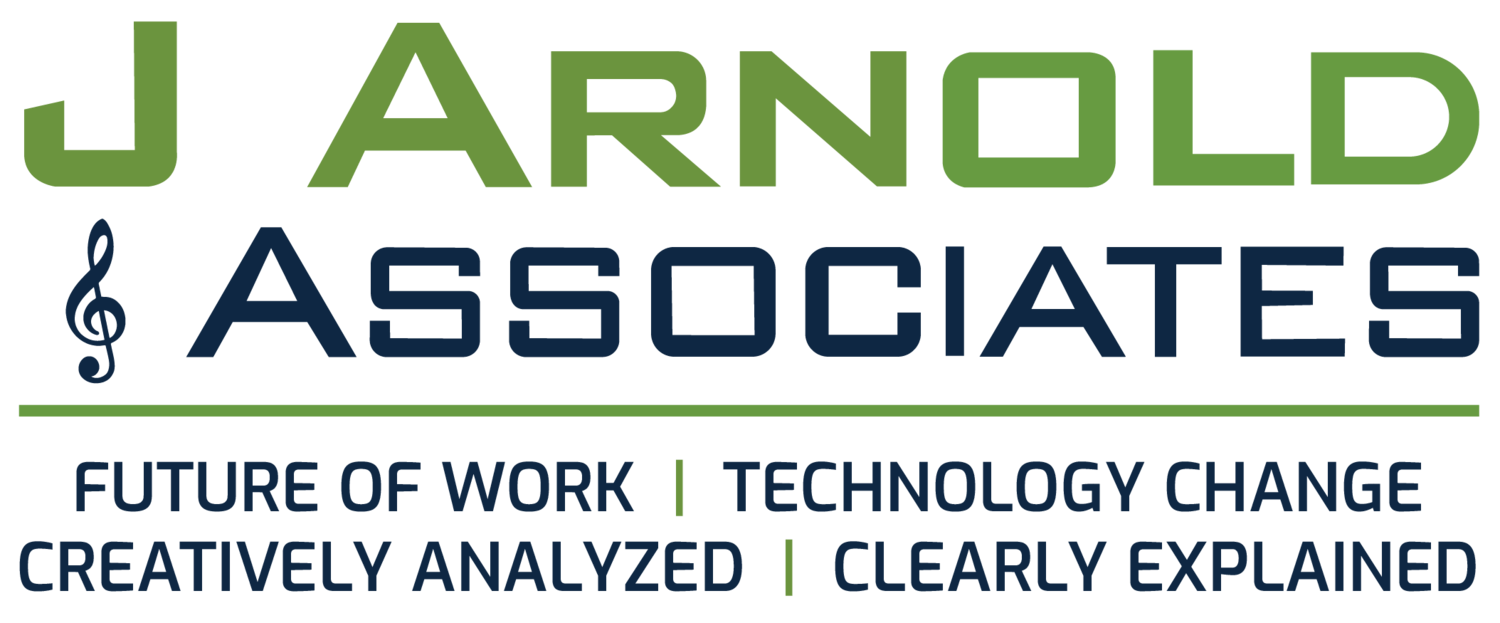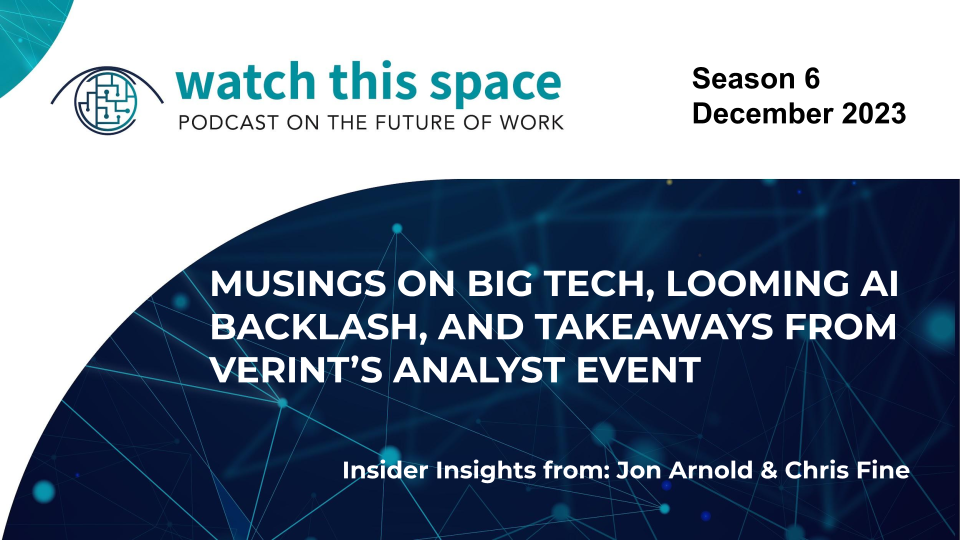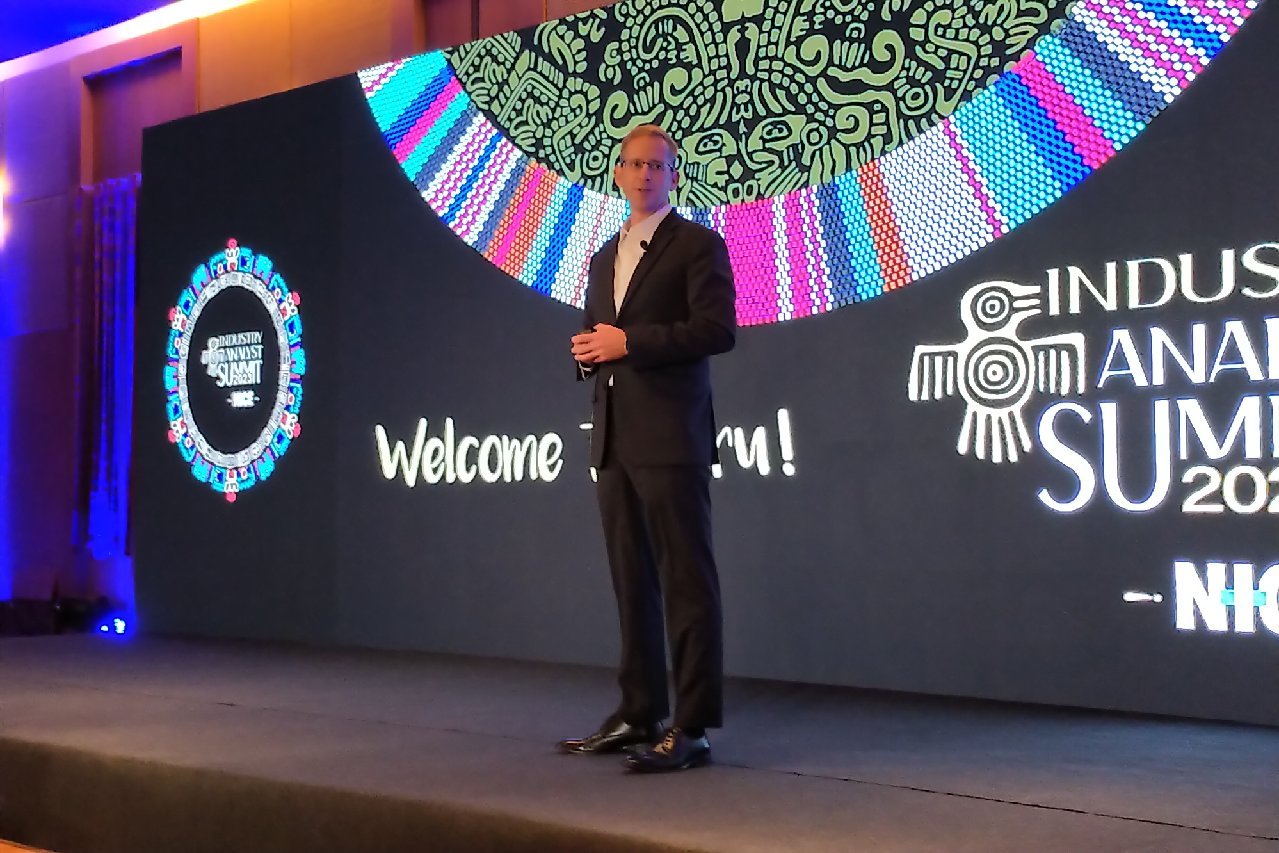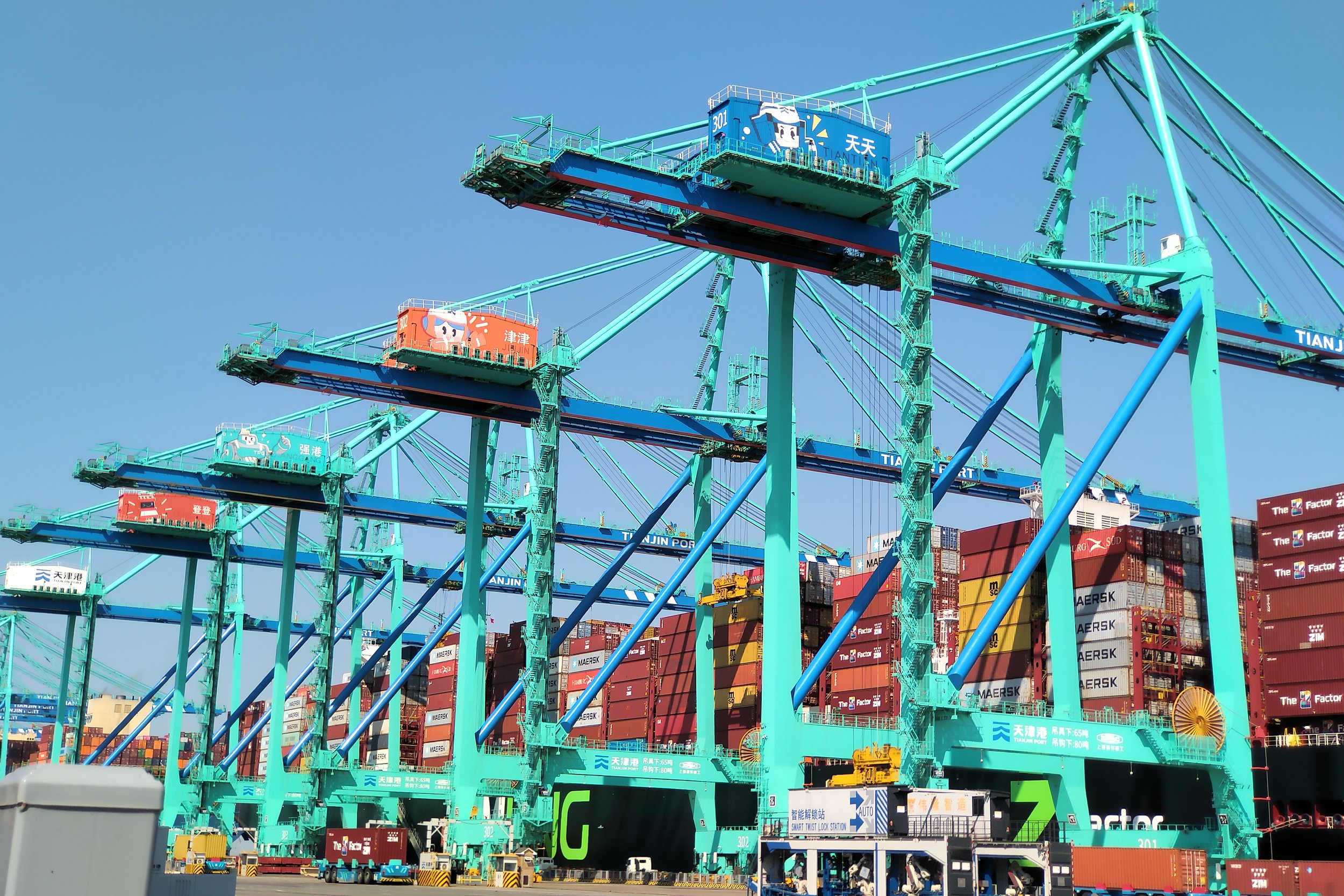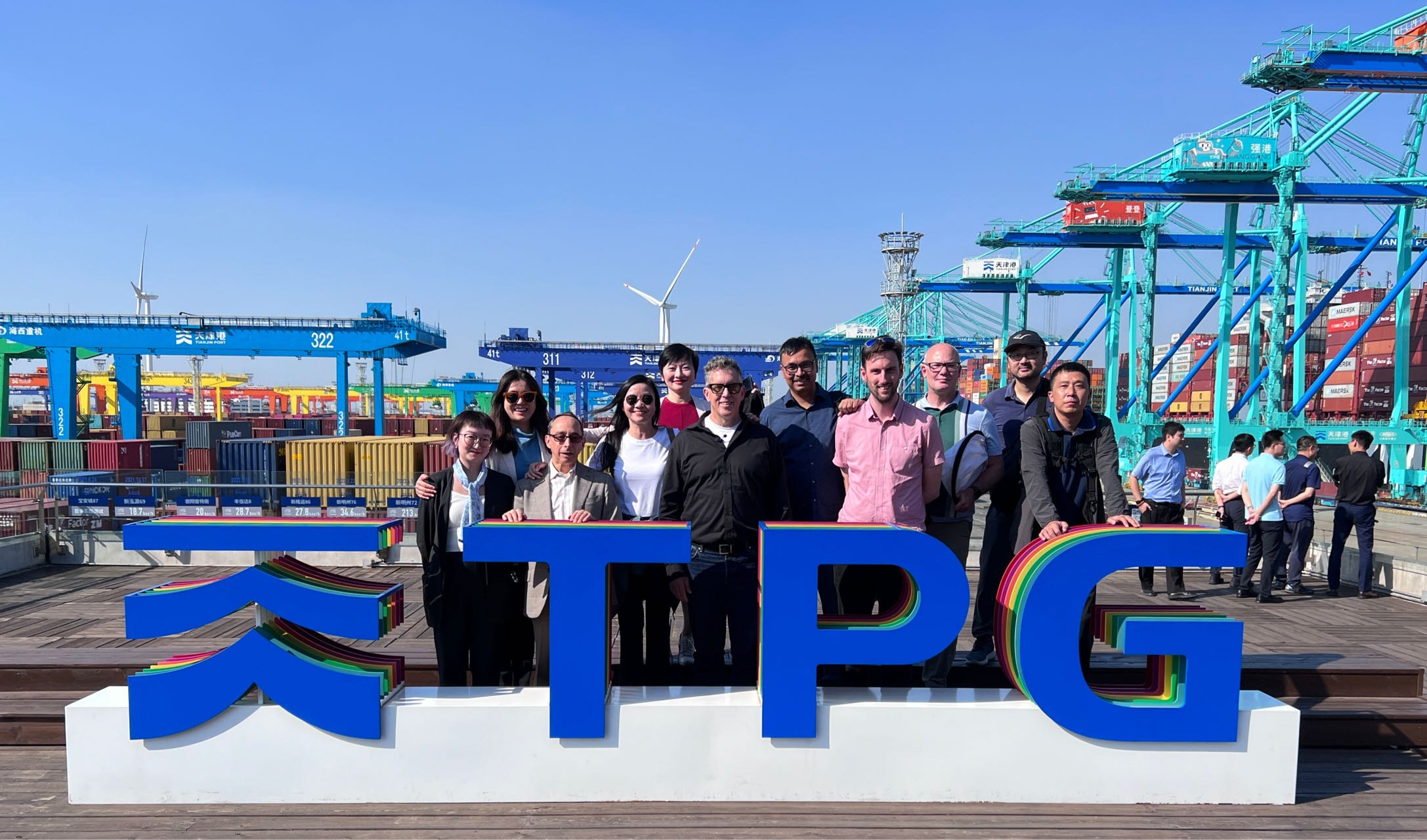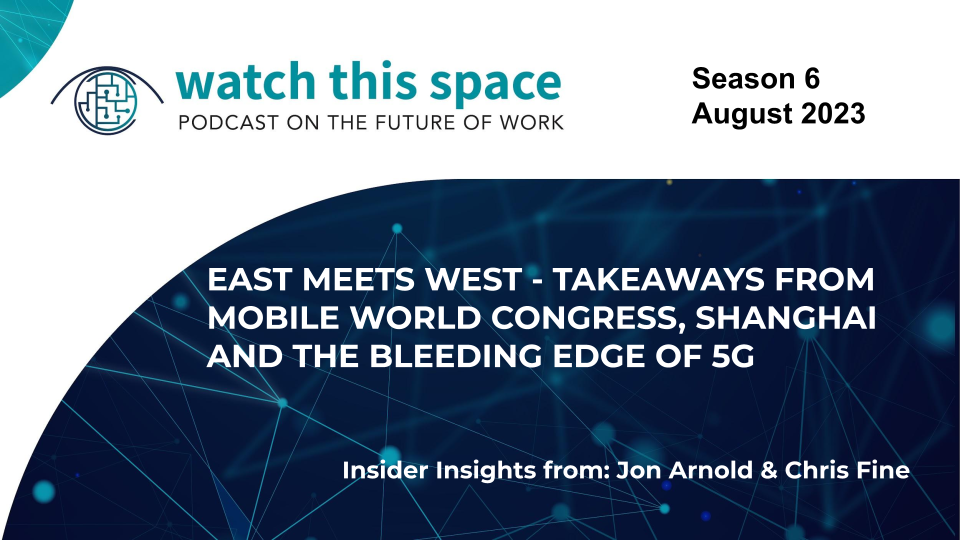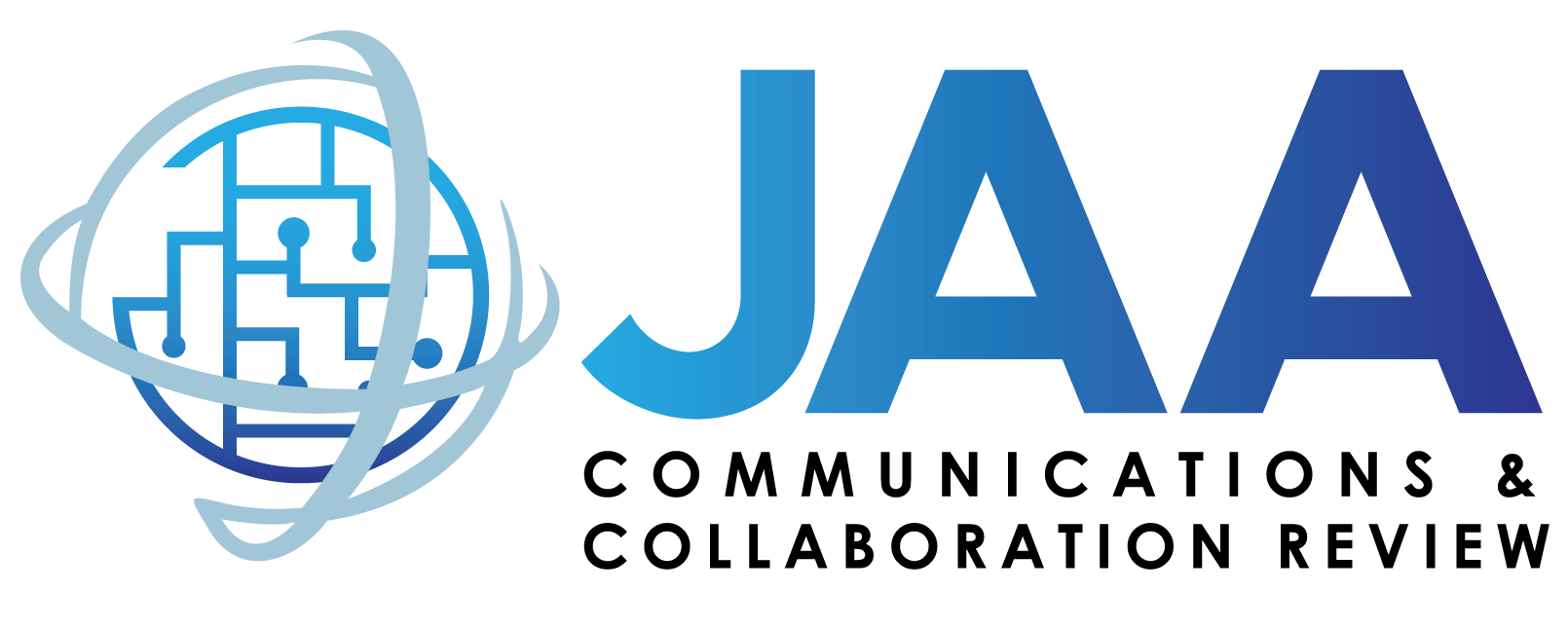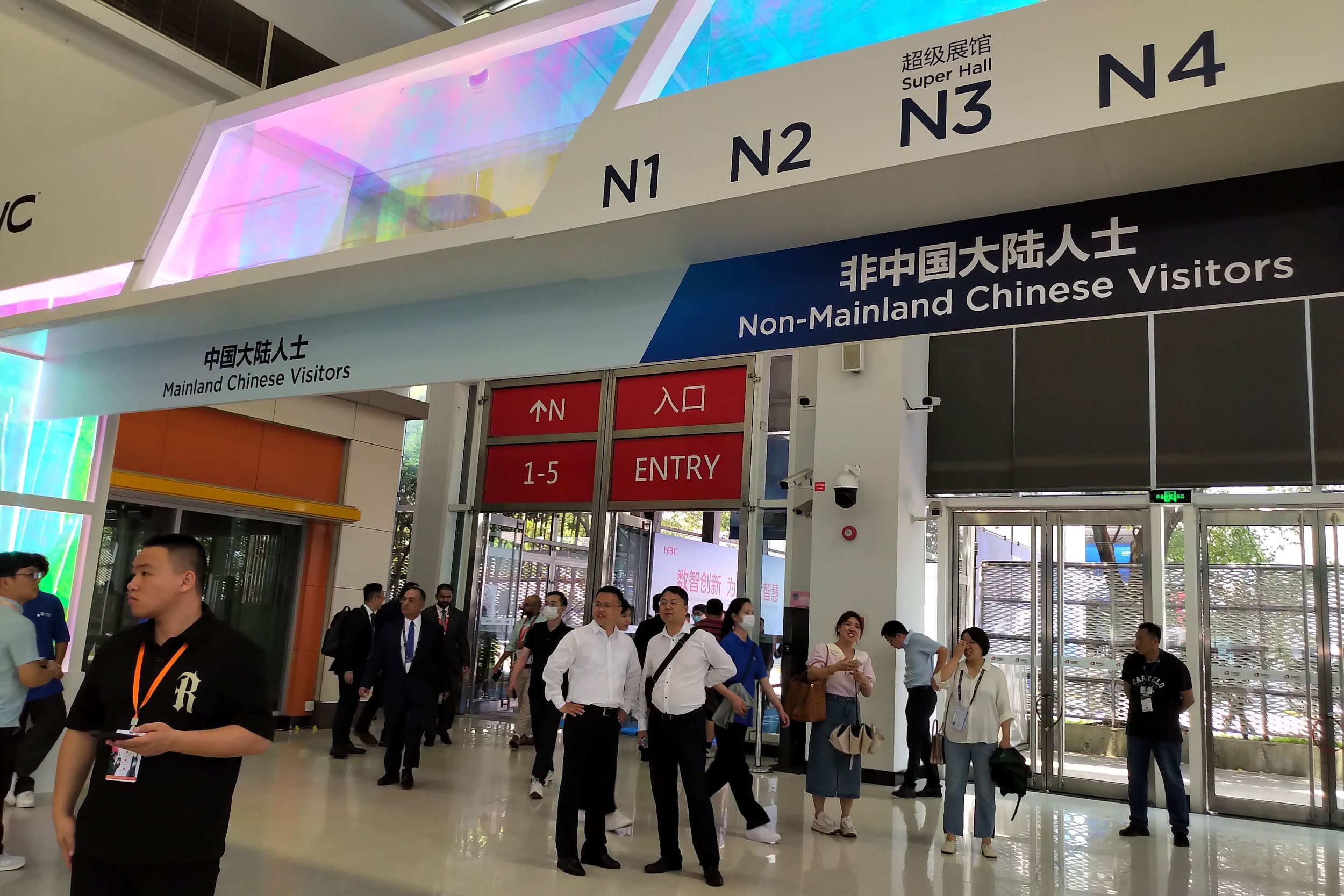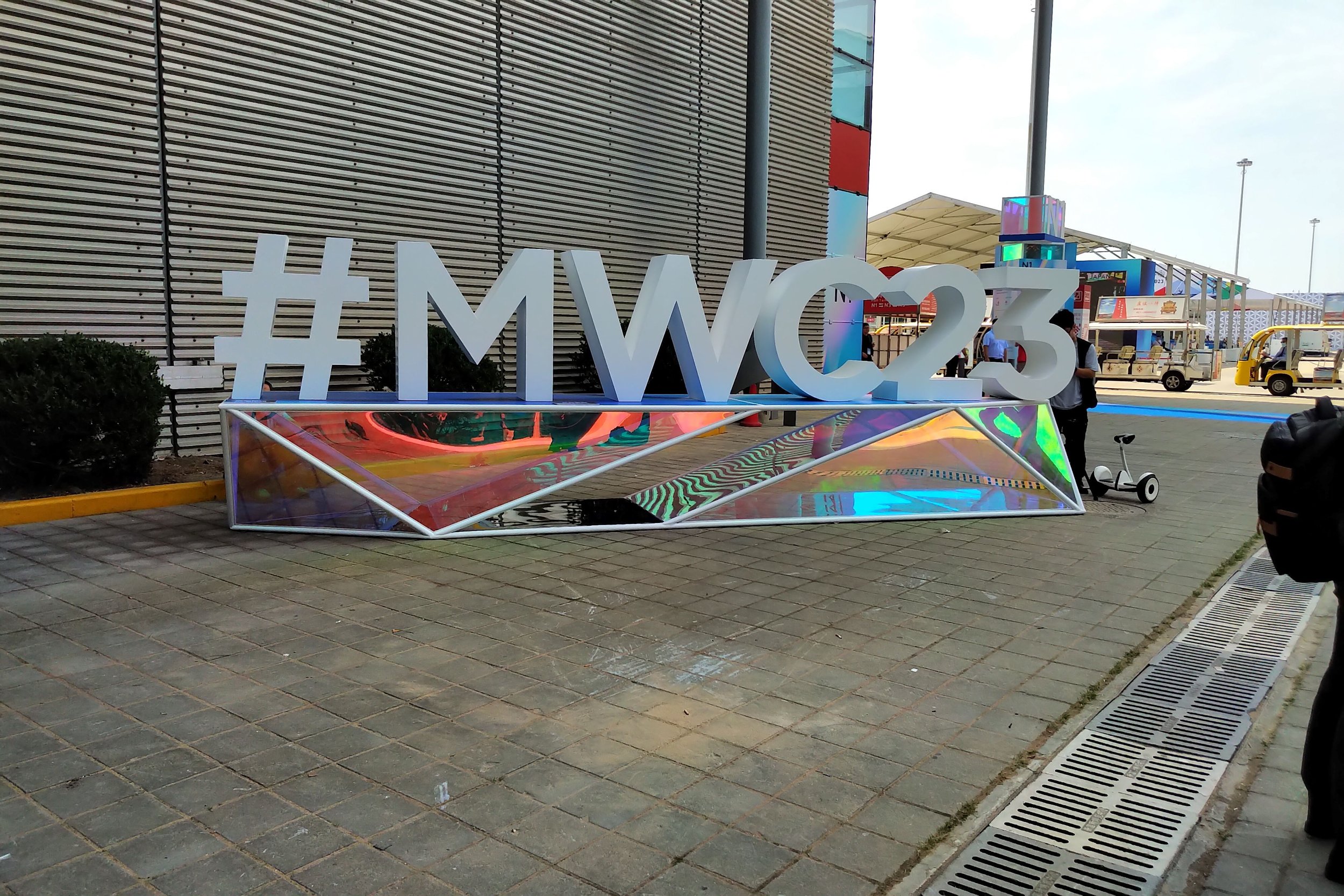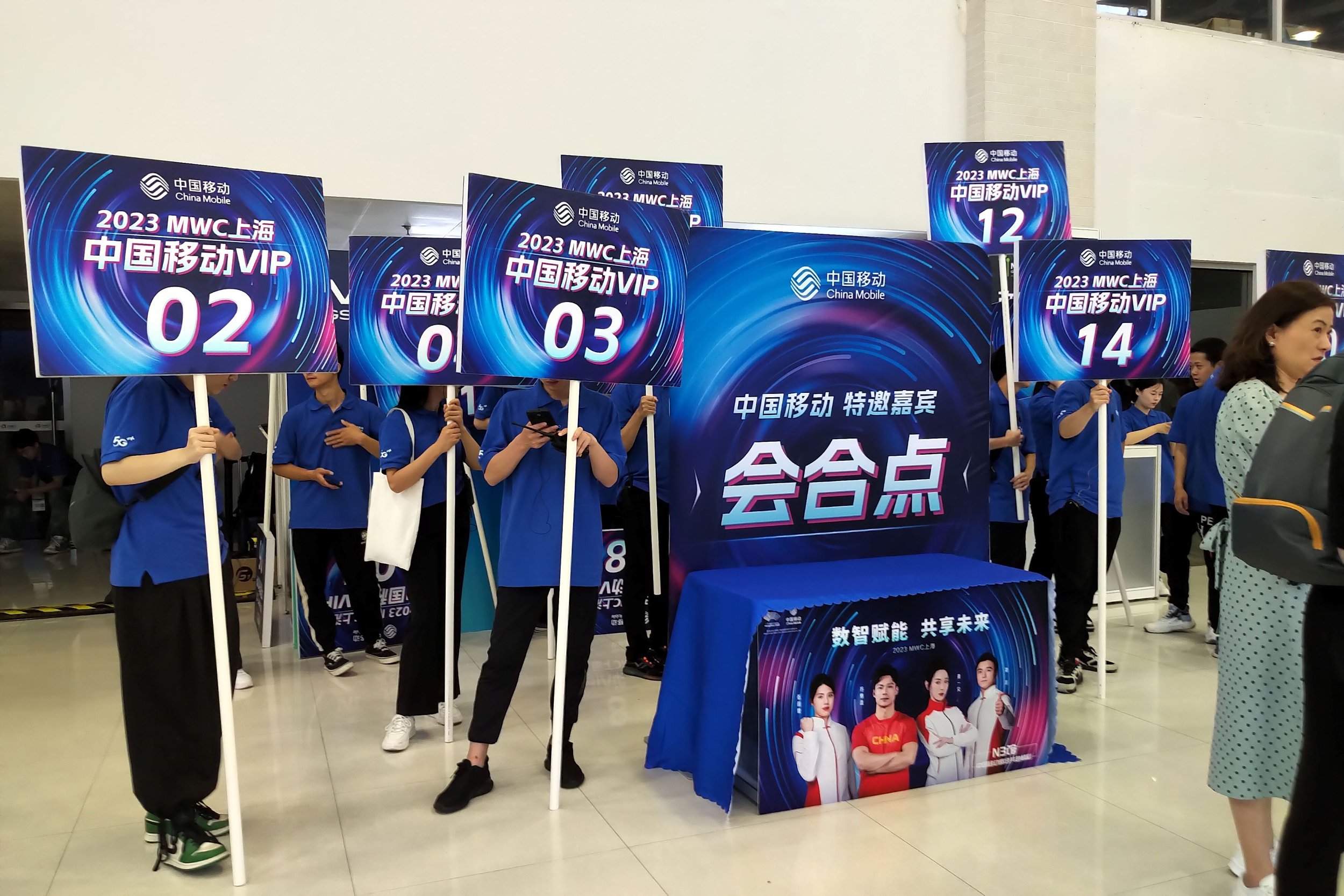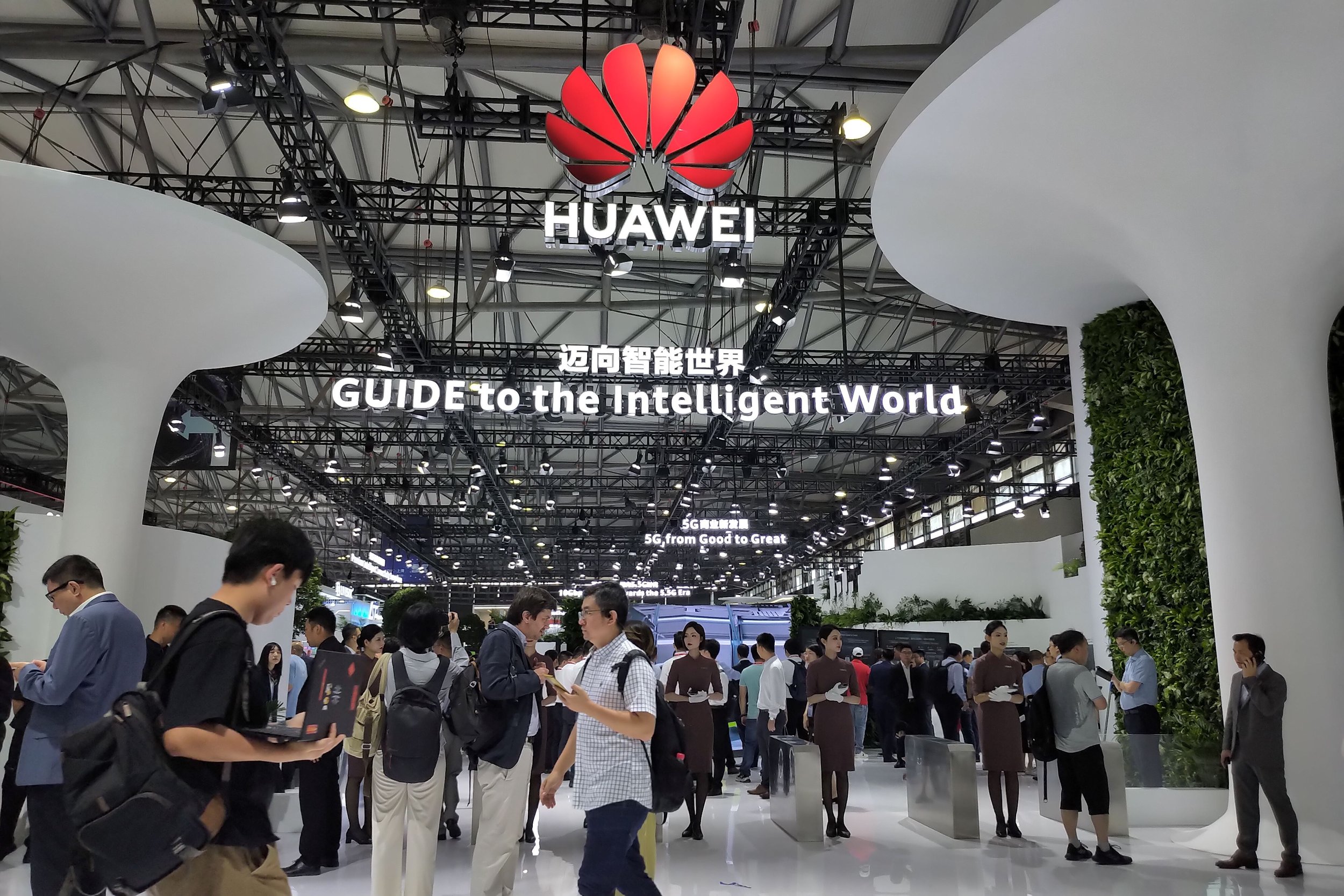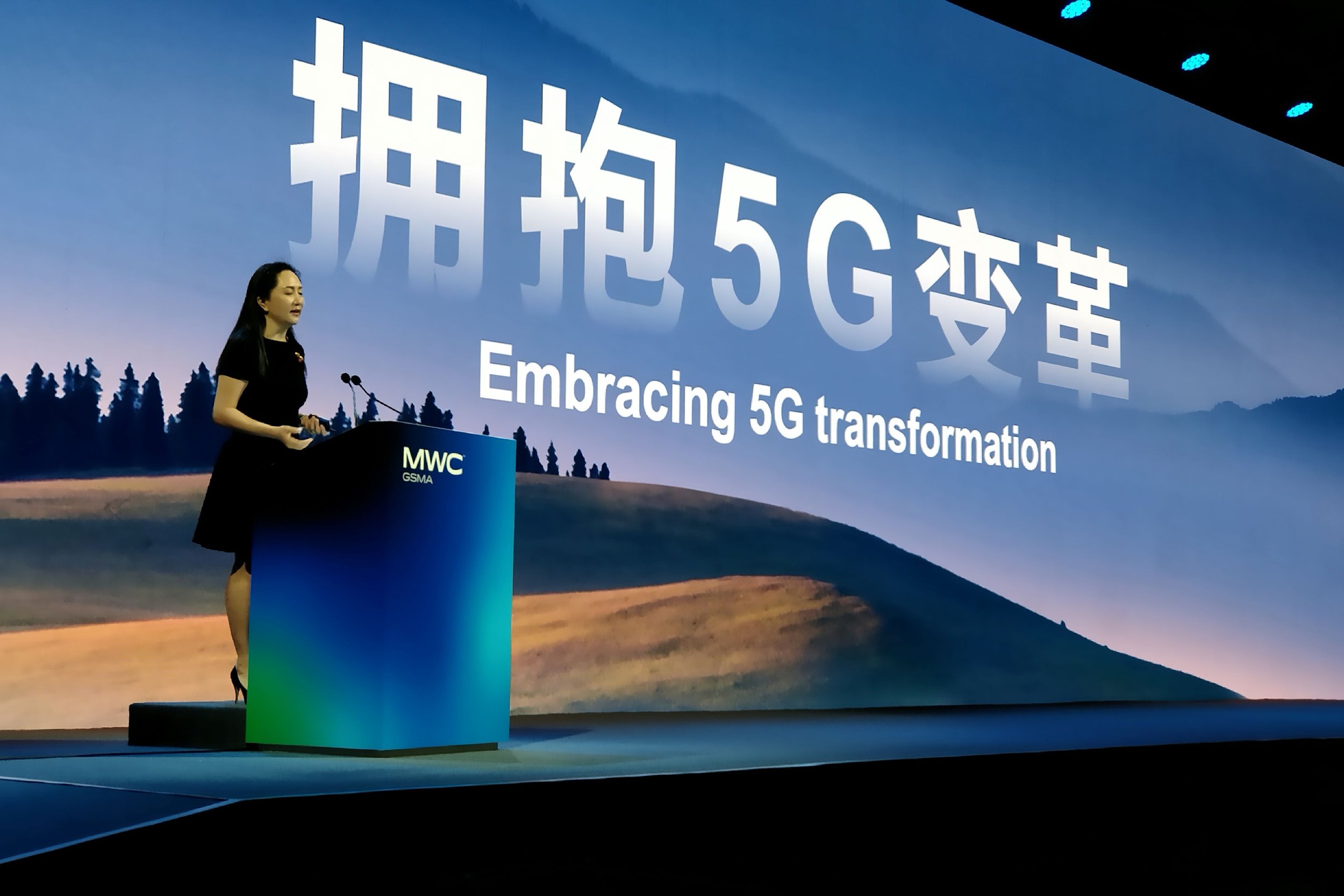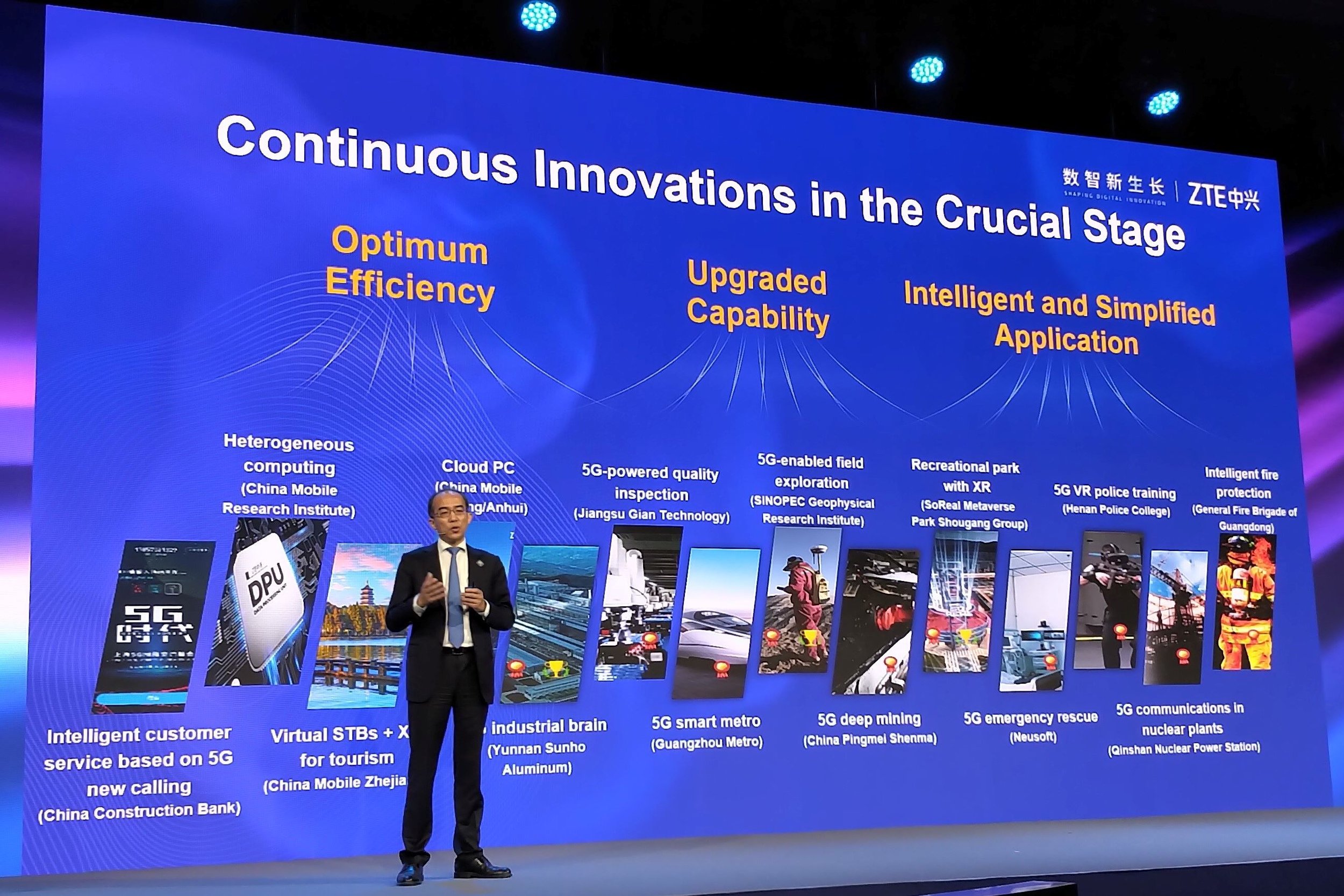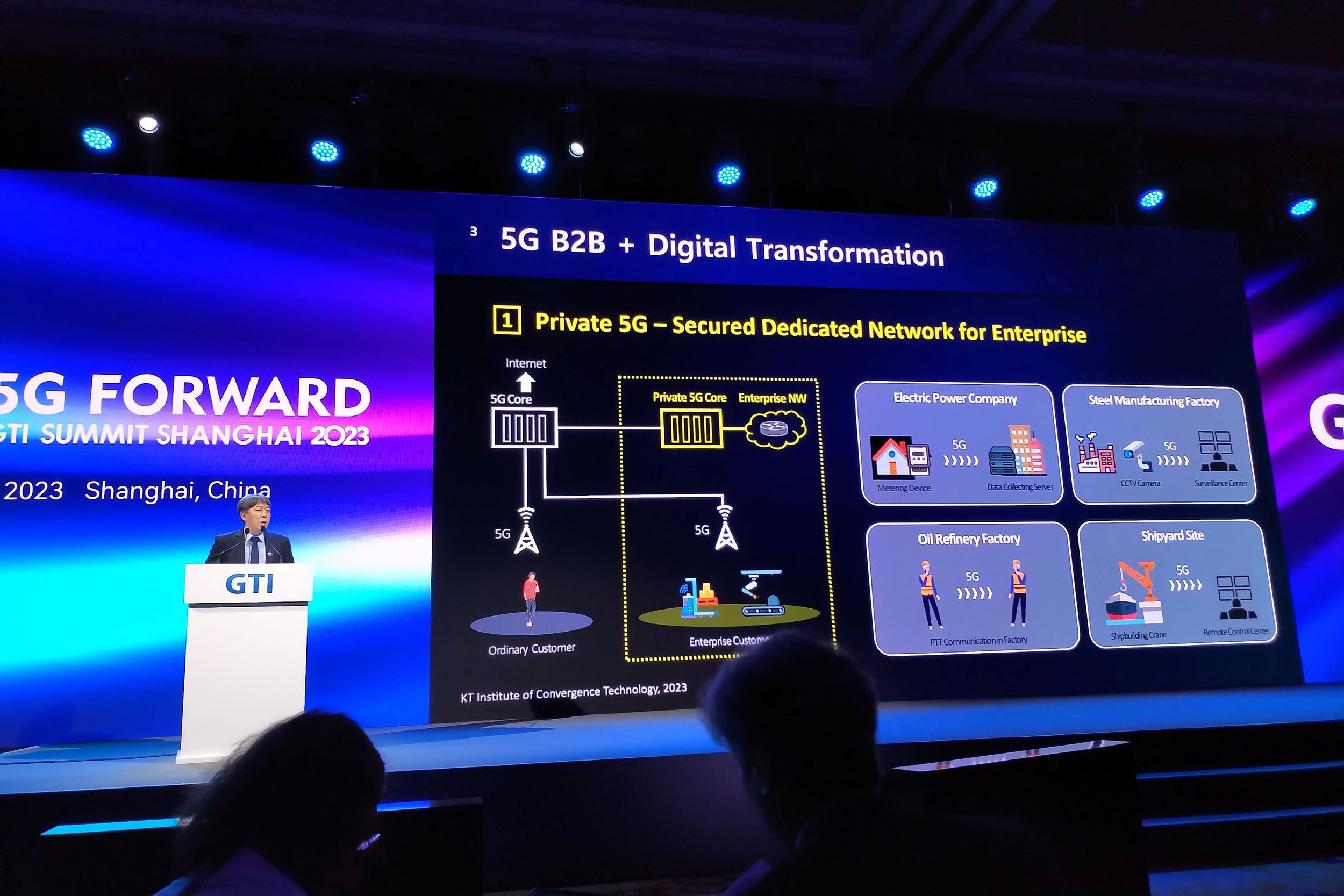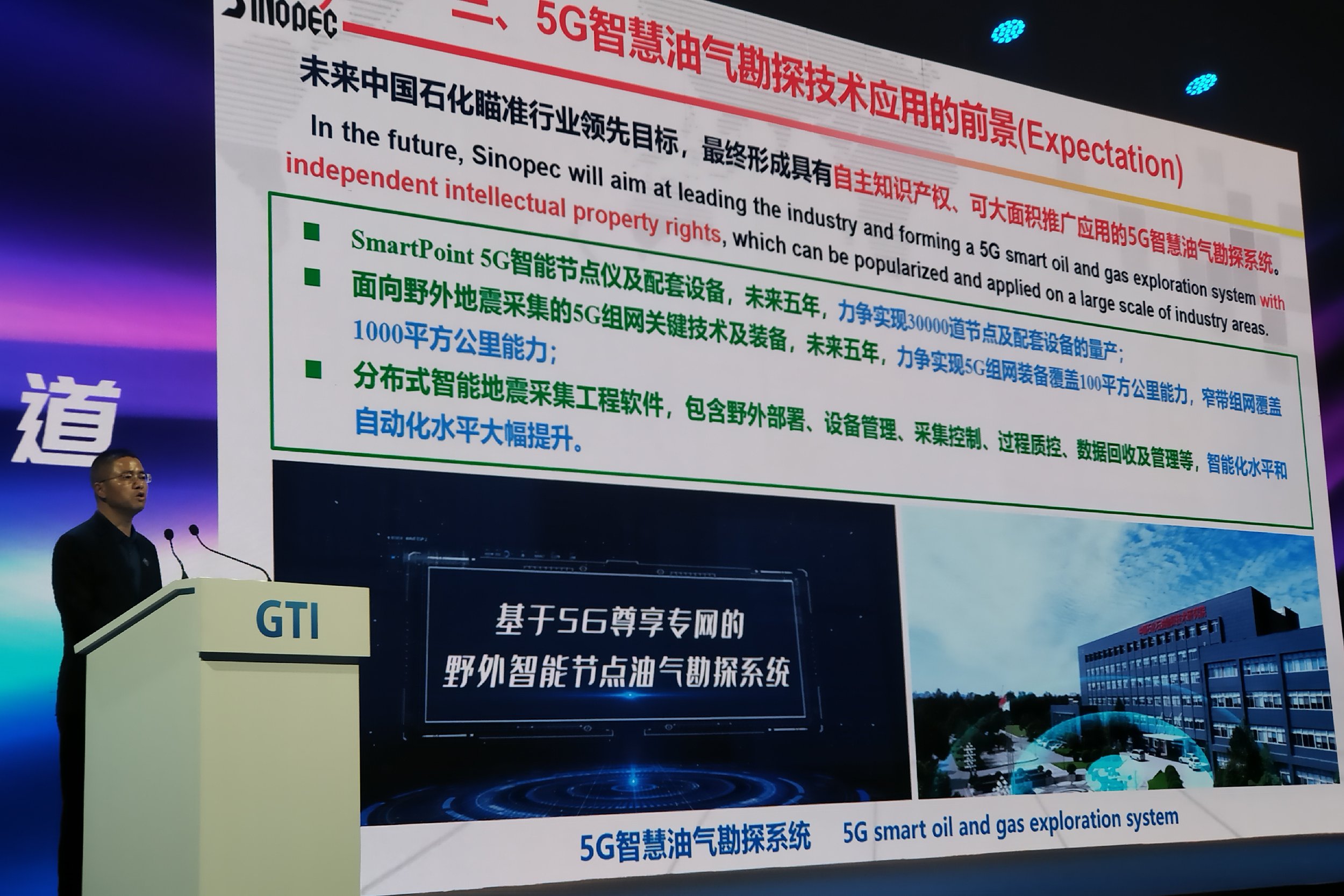Source: 2020 State of the US Semiconductor Industry, Semiconductor Industry Association
Aside from semiconductors being so pervasive in today’s digital world, the complexity of the underlying technology and production process makes this sector arguably more reliant on supply chains than any other in our globalized economy. The manufacturing infrastructure is extremely capital-intensive, R&D investment is never-ending, and the production materials must be sourced from a wide range of countries.
While the US has long-dominated this sector, recent events that gave rise to the semiconductor shortage have made clear that no single company or country can effectively manage the entire supply chain.
What actually happened in 2020 to create this problem?
No supply chain is perfectly efficient, and when disruptions occur, there is usually just one of them, and the problems can be quickly rectified. Being a pandemic, COVID-19 impacted most global supply chains, and in the case of semiconductors, it was a major trigger event, but not the only one.
While the pandemic can conveniently explain away many 2020 disruptions, it was exacerbated by other forces that also impacted the global supply chains that semiconductors are so heavily reliant upon. The key factors behind the current semiconductor chip shortage are summarized below, and while other elements were in play, it should be evident why this combination represents a perfect storm scenario.
Changing habits and consumption patterns. The pandemic forced an unprecedented shift to home-based working and living that will likely persist for the remainder of 2021. Most households have adapted to this new normal by now, and along the way, we have seen major spikes in demand for PCs, tablets, mobile phones, smart TVs, gaming consoles, other electronic devices, and with that the cloud-based services that make all of these activities possible.
5G roll-out. While it’s too early to tell if or when the highly-touted promise of 5G will be realized, the wireless carriers are all-in, making massive investments in their networks. This is only one half of the equation, of course, and for the associated services and revenues to flow, subscribers need 5G devices. The smartphone space is hyper-competitive, and in the lead-up to 5G, the vendors have been under intense pressure to have their latest models ready now.
Crypto-mining. The Bitcoin space continues to be highly volatile, and while it may be a secondary factor behind the semiconductor shortage, it aligns very well with the digital transformation theme that is central to my analysis here. Digital forms of currency are struggling to displace traditional forms of money, and the effort behind Bitcoin remains significant. Most notable for that effort is the massive amount of both GPU and CPU horsepower required for crypto-mining, adding another layer of hyper-demand during 2021 for semiconductors.
Plummeting demand for vehicles. Compounding all these spikes in demand was this sudden drop, also due to the pandemic. Aside from so many people being forced to work from home, the new social distancing behaviors led to a major shift from in-person activity to online. As consumers, we did far less shopping and travelling, with the net result being reduced demand for buying vehicles. Traditional supply chain forecasting models for this industry could not adapt quickly enough to this unforeseen change, and as the pandemic has eased in recent months, the chip shortage has constrained the ability of auto makers to ramp up production as demand has finally returned.
Geopolitical tensions. Free trade isn’t free, and it’s not hard to understand why sectors like semiconductors are of strategic importance to market leaders like the US and China. Domestic economic policies in these particular countries – Buy American Act (BAA) and Made in China 2025 (MIC 2025) respectively – may serve to protect R&D investments and to some extent domestic employment, but they don’t align well with the supply chain needs that underpin the global semiconductor sector.
Implications for semiconductors and beyond
Globalization is an entrenched reality for any modern economy, and with the efficiencies that come with digital transformation, trade will largely remain borderless, and supply chain interdependency will only increase.
Given the pervasiveness of semiconductors, the combination of forces outlined herein underscore how fragile supply chains can be, as well as the ripple effects that follow when unexpected gaps develop between supply and demand.
In terms of implications – not just for manufacturers, but also consumers and policymakers – here are two calls to action from the perspective of a technology analyst; not just for semiconductors, but for any sector that depends on global supply chains.
1. Supply chain resilience should be of paramount concern
As we are seeing with semiconductors, there is both controllable and uncontrollable risk – for supply as well as demand – all of which must be considered. Nobody foresaw the pandemic, nor were the repercussions anticipated.
What started as an isolated health outbreak in late 2019 will continue disrupting the semiconductor space into 2022 and likely beyond. Even with uncannily prescient planning, this scenario could not have been entirely avoided, but given the importance of these chips for the global economy, a more coordinated, collaborative approach to supply chain management would have mitigated the fallout.
To be effective, it’s important to note that this approach must go beyond the industry players, who are essentially driven by economic interests. Globalization is not sustainable if defined solely by winners and losers, and business continuity must extend to all, not just the dominant few.
This is where a balance is needed between the innovation of the private sector and principled policy-making of the public sector. To further strengthen – and build trust in – global supply chains, industry-based standards are needed so there’s a common set of rules. Getting alignment across all these vectors can take decades, but as the semiconductor fallout has shown, the stakes are too high for bilateral or even unilateral decision-making to set the course for an entire industry.
2. Globalization is bigger than trade and supply chains
Strong supply chains are vital for international trade to flourish, and the semiconductor sector is a great example, since it is the most complex form of production ever created, and the degree of global interdependence among suppliers is unparalleled. When supply and demand are in harmony, it is easy to take the efficiency of this space for granted.
However, when disruption occurs – and in this case, several forms at once – behaviors change and priorities shift from cooperation to survival. Without strong guardrails to maintain a common focus on supply chain resiliency, the ability of the leading players to formulate an effective global response becomes diminished.
As important as semiconductors are to our digital economy, they are just products of technology. The planet has lived without them for thousands of years, and life will carry on when a successor technology displaces them. Supply chains are critical for this sector, but globalization is more than just creating efficient markets for trade.
The real benefits that help create a better standard of living for everyone come from knowledge sharing and innovation that all players contribute to. In theory, this form of globalization should be easy to do, but as we’ve seen from the chip shortage, the practice is more difficult to achieve. The call to action here is to look beyond the world of semiconductors and consider the global response needed for our survival.
COVID-19 was the first true health pandemic in 100 years, and this requires a different response from an epidemic that is localized to a single country or region. Despite the wonders of modern science to quickly create vaccines, global supply chain issues have proven a major impediment to an otherwise solvable problem.
The challenges presented by climate change are no different, and every corner of the world is being impacted by extreme forms of weather we cannot predict or control. Global knowledge sharing and innovation has never been more important, especially if you hold that view that climate change is human-induced. As these disruptions continue, it should be clear that the only way to develop effective responses is through a collective, global approach.
Best practices that come from making supply chains more resilient can surely be applied to global issues like climate change, world hunger and disease management. There should be little doubt that these problems will only persist, and they pose far greater risks to our global well-being than having to wait a few weeks for the latest gaming console.
